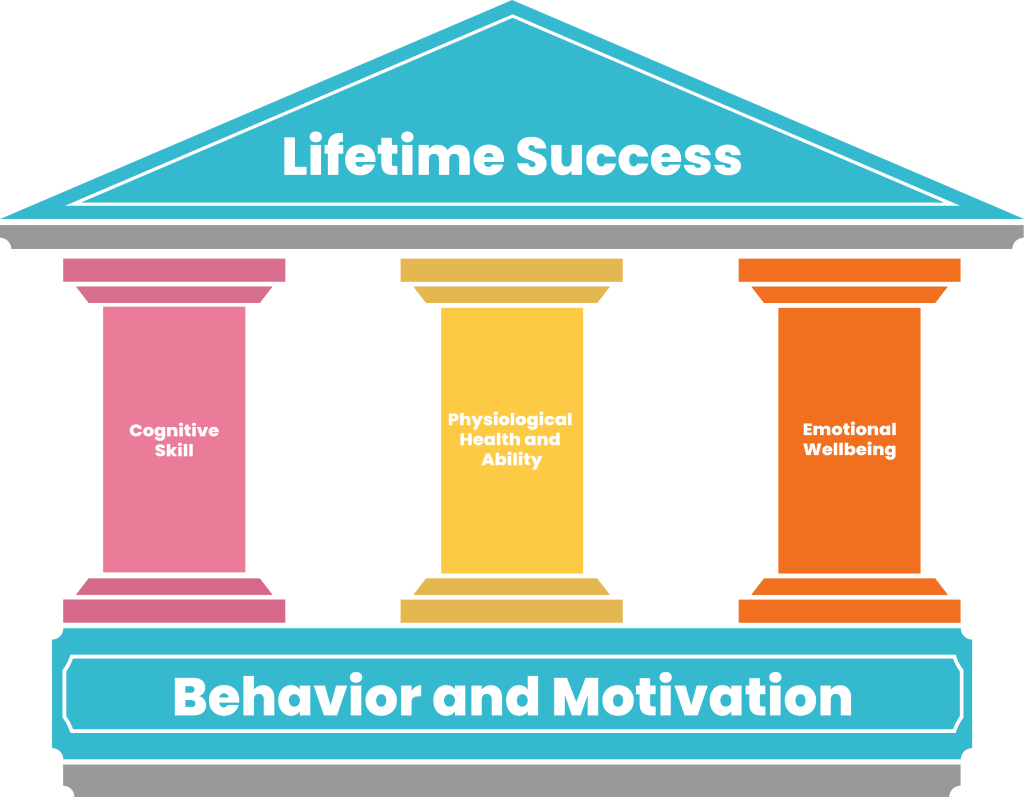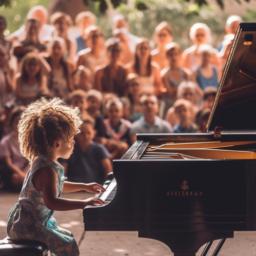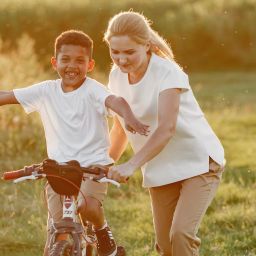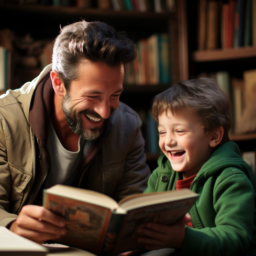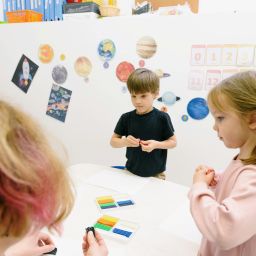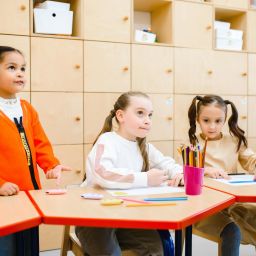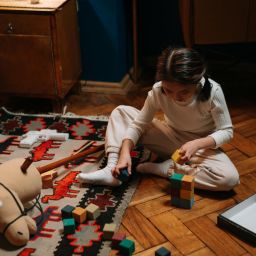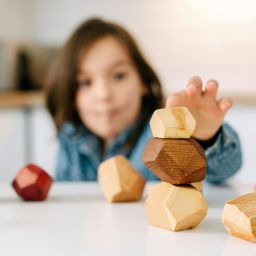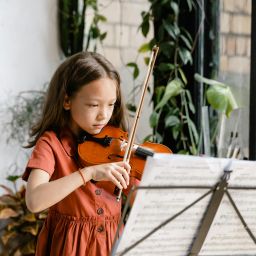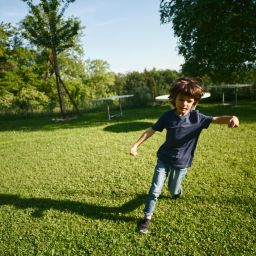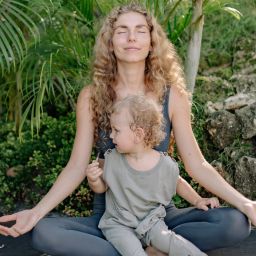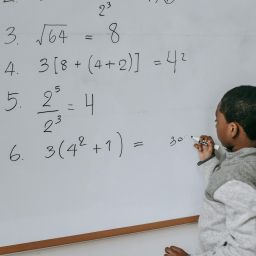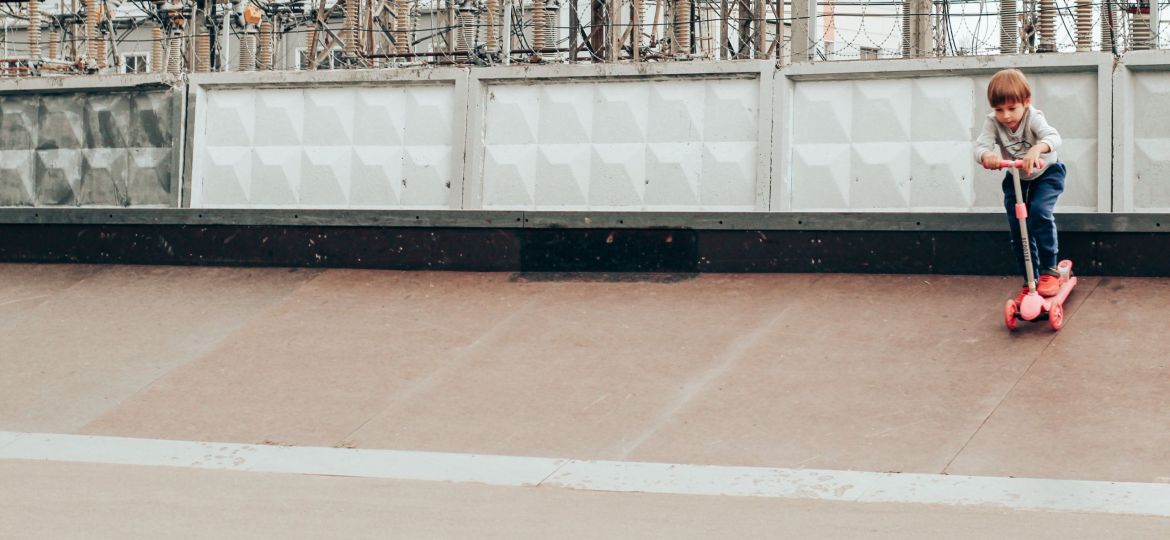
FH Summary: This post stresses the importance of balance as a fundamental aspect of a child’s development and a key First Habit that will be a foundational concept for your child’s future. It outlines the role of balance in cognitive, physical and emotional development and offers practical advice on how parents can cultivate this skill in their children. The post encourages parents to make balance a core focus, leading to the creation of an upward spiral in a child’s life, ultimately resulting in balanced, fulfilling lives.
As parents, we instinctively want the very best for our children. From researching nutritious meals to scheduling engaging playdates for their social growth, we leave no stone unturned. Yet, one essential aspect that may be overlooked in the rush of all the activities and the schoolwork and the practices is a simple but exquisite concept: balance. At First Habits, we hold the firm belief that balance is not just a physical skill – it’s a pivotal facet of a child’s overall development that influences all other areas of their growth. As we progress through these ideas, keep in mind our three pillars in the graphic below and how the idea of balance can tie into each of them.
Understanding the Essence of Balance
The philosophy at First Habits revolves around developing good habits early in life, creating an upward spiral in a child’s development. One of these foundational habits must be the cultivation of balance. Often relegated to the realm of physical activities such as walking or cycling, balance, in truth, holds a broader relevance to the elevated foundations of childhood development.
Balance extends beyond the capability to stand upright on two feet. It plays a crucial role in the cognitive development, motor skills, and emotional well-being of a child. Children’s future development is grounded in their ability to balance. This can be physical balance, but also emotional and cognitive balance, which are deeply interconnected.
The Crucial Link: Balance and Brain Development
Balance has a deep-rooted connection with the areas of the brain responsible for motor control and higher cognitive functions. By improving balance, children can enhance their attention span, memory, and academic performance. A study published in 2017 demonstrated that the balance training group “significantly improved in memory and spatial cognition” as compared to a control group.[1] The study findings go on to say:
“The findings suggest that systematic balance training is capable of enhancing some cognitive functions, such as memory and spatial cognition. Crucially, an increase in cardiorespiratory fitness does not seem to be necessary for eliciting beneficial effects of physical exercise on cognitive functions. This pattern implies multiple mechanisms for physical activity affecting cognitive functions.”
Other studies have shown that “balance skills have been associated with an increased volume of the hippocampus, the basal ganglia, and frontal and parietal brain areas,” all important areas of brain function.
Balance is, therefore, a form of holistic exercise – it does not merely engage muscles; it also stimulates the brain, forming new neural connections and laying the groundwork for future learning.
Emotional Stability through Balance
Incorporating a habit of balance early in a child’s life isn’t just advantageous for physical and cognitive development; it is also instrumental in emotional development. Balance-focused activities can help children gain better control over their emotions. The capability to regain physical balance metaphorically translates into the ability to achieve emotional balance, rebound from setbacks, and adapt to change.
Download the free e-book from our website that provides more detail on the First Habits pillars and discusses why emotional stability is an important tie-in.
Habits of Balance: How to Cultivate them?
Inculcating the habit of balance in your child doesn’t necessitate specialized equipment or a degree in child psychology. Here are some simple yet effective ways to incorporate balance-building activities into your child’s daily routine:
Engage in Fun Games: Traditional games such as “Simon Says” can serve as a fun medium to practice balance. Incorporate commands that challenge balance, such as standing on one foot or hopping.
Nature Walks: Walking on uneven surfaces like grass, sand, or pebbles naturally tests and improves balance. Making nature walks a regular part of your child’s routine can enhance their balance and acquaint them with the beauty of nature, thereby fostering an appreciation for the environment.
Introduce Balance Toys: Balance beams, seesaws, and even yoga balls are excellent tools for practicing balance. They can make balance practice feel more like play and less like a chore.
Encourage Participation in Dance and Sports: Dance forms and sports that involve a range of movements are fantastic for enhancing balance. They also foster social skills and boost self-confidence.
Practice Mindfulness and Yoga: Simple yoga poses and mindfulness exercises can help improve both physical and emotional balance. They can also promote calm and focus, vital for your child’s mental well-being.
Now many of the above activities focus on physical balance, but as each of these tasks are performed, be certain to link them to the cognitive and emotional foundations of balance. You will thereby reinforce the connection of balance as a whole brain and body exercise and not just the physical aspect of balance.
Looking for a specific activity to get started with? Try this simple “Balance Beam Adventure” game with your child today:
1. Create a makeshift balance beam using a piece of tape on the floor or a wooden plank (this can be done indoors or outdoors).
2. Challenge the child to walk on the beam, incorporating imaginative play like avoiding lava or balancing to rescue a toy. Adding an emotional component to the outcome will make it more fun and connect it to the meaning behind successfully balancing.
3. You can increase the difficulty by asking them to carry a small object or do simple tasks while balancing.
4. Incorporate visualization techniques to help your child connect to the task, engage their whole body in the task and picture a successful outcome.
This activity not only improves balance but also encourages creativity and physical coordination.
Balancing for a Bright Future
At First Habits, we are committed to aiding parents in understanding and implementing effective practices for nurturing an upward spiral in their children’s lives. With balance playing such a vital role in physical, cognitive, and emotional development, it’s clear that fostering this skill can have expansive benefits for your child’s future.
Albert Einstein once said, “Life is like riding a bicycle. To keep your balance, you must keep moving.” This quote encapsulates the essence of why instilling the habit of balance in our children is one of the most invaluable gifts we can bestow on them. By doing so, we set them on a course for a life enriched with resilience, adaptability and, above all, balance.
Let’s join hands in giving our children the balanced beginnings they deserve. By focusing on developing good habits, we create an upward spiral in a child’s life, ensuring they grow up to lead balanced, fulfilling lives.
For more advice on child development and the most crucial habits to instill in your children, consider signing up for our weekly newsletter. You can become part of the First Habits community, a collective of parents committed to providing the best for their children.


